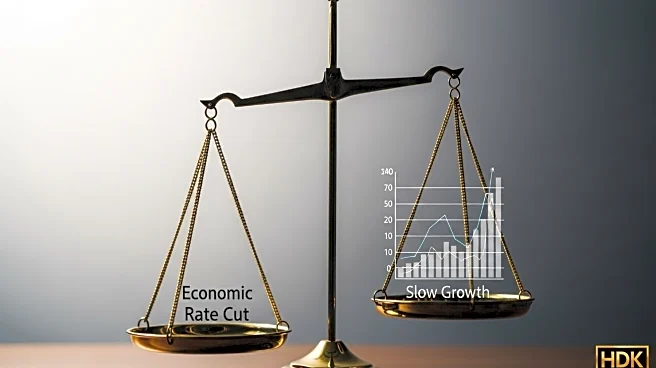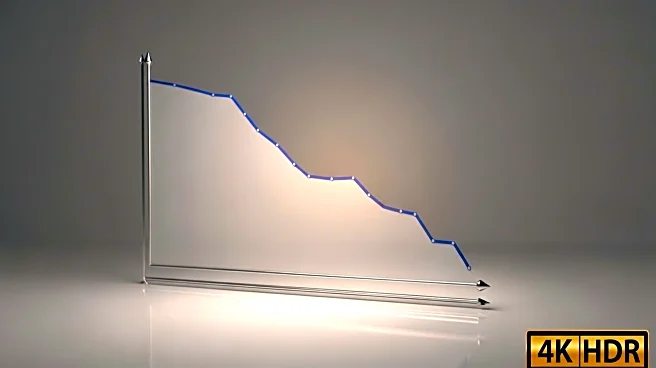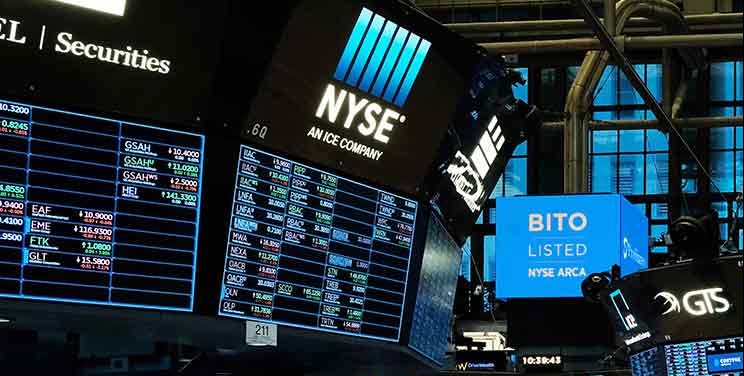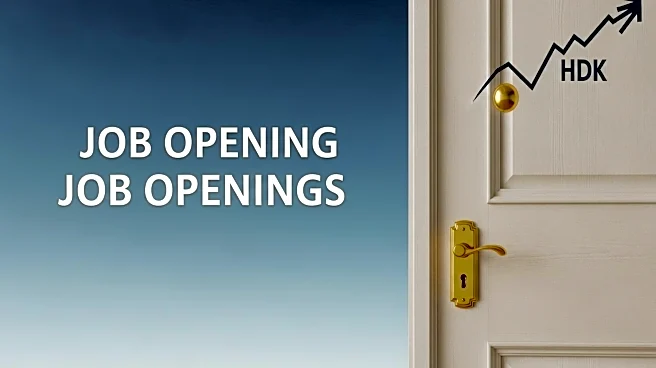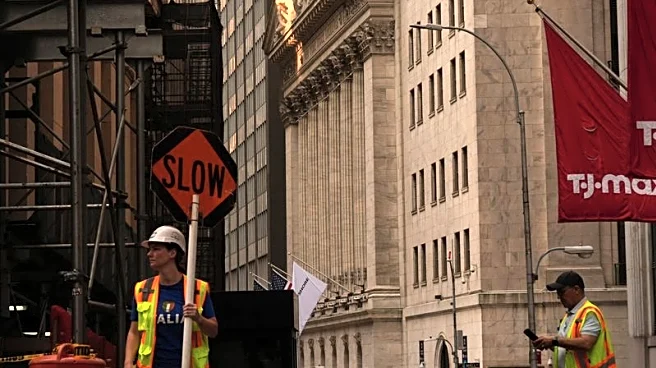What is the story about?
What's Happening?
The U.S. labor market is facing challenges as the latest jobs report reveals a second consecutive month of weak job growth. In August, the economy added only 22,000 jobs, falling short of expectations. Revised figures also indicate job losses in June, marking the first decline since December 2020. President Trump has dismissed the disappointing numbers as 'rigged' and recently replaced the head of the Bureau of Labor Statistics. Analysts attribute the sluggish job growth to the administration's tariff and immigration policies, which they argue are hindering economic performance. The report raises concerns about the overall health of the U.S. economy.
Why It's Important?
The weak jobs report has significant implications for the U.S. economy and policy-making. It suggests that the labor market recovery is stalling, which could impact consumer confidence and spending. The report also increases pressure on the Federal Reserve to lower interest rates, a move President Trump has been advocating for. Lower rates could stimulate economic activity but also carry risks of inflation. The data may influence upcoming political debates and policy decisions, particularly regarding trade and immigration. Businesses and workers may face uncertainty as they navigate the potential economic slowdown and its effects on employment and wages.
What's Next?
The Federal Reserve is expected to consider the latest jobs data in its upcoming meeting, where interest rate decisions will be made. The administration may face increased scrutiny over its economic policies, with potential calls for adjustments to address the labor market's challenges. Political leaders and economic analysts will likely continue to debate the causes and solutions for the current economic situation. The outcome of these discussions could shape future policy directions and impact the broader economic landscape.
AI Generated Content
Do you find this article useful?




